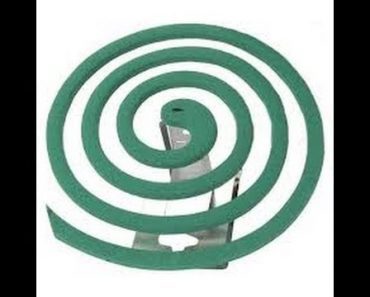Moisture is one of the largest threats to long term storage, and over the years a variety of commercial products have been created to absorb moisture in gun safes and other storage areas. I came across a unique DIY Sheetrock desiccant discovered during WWII as the Department of Energy at Oak Ridge experimented with […]
Category: How To (How I Did)
You could call this a How To – but people often tell me I did it wrong – now to be fair you can’t really tell me I can’t do it that way, when the video shows I actually DID do it that way – so to cool down the hateraide – lets just call this HOW I DID
How to Build a Water Bottle Skylight
I spend a lot of time looking at appropriate technologies coming from missionaries and other groups that work in third world countries. I figure – if it works in areas lacking infrastructure then it will work if we ever lose our infrastructure. This idea came from a couple of YouTube videos I saw of […]
How to Assemble a Harbor Freight Cement Mixer
This article is not a step by step guide to Harbor Freight Cement Mixer Assembly, you can get that in the video below, but rather extra tips I learned from the install and first use of my 3.5 cubic foot mixer. First off, in the event you lost your instructions here is a link […]
How to Make Wine Cork Keychains: Perfect for Boating
If you are out on the water and are afraid of loosing your keys you could go out and buy a floating key fob. But if you drink wine (or have friends that do), you can make a Cork Key Chains. Get a long shanked eye-hook Next, screw the hook through the center of the […]
How to Make DIY Mosquito Repellent Holders
My boy loves being outside, but kids are especially sensitive to mosquito bites, due to the bees we cannot use traditional pesticides, but I did see this idea on an Alaska bush craft site and decided to try it out while camping. It worked very well for us last summer, and I finally got around […]





